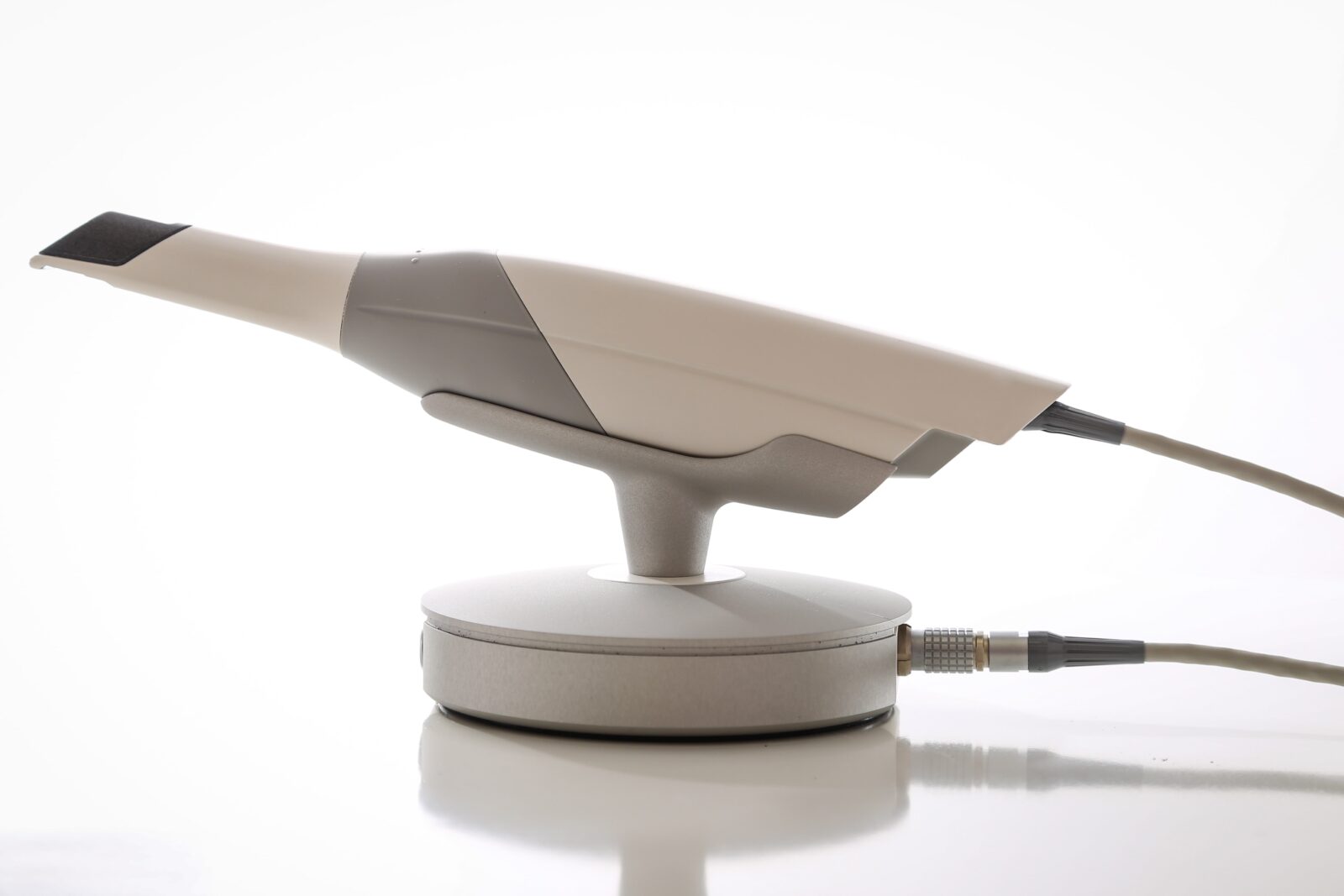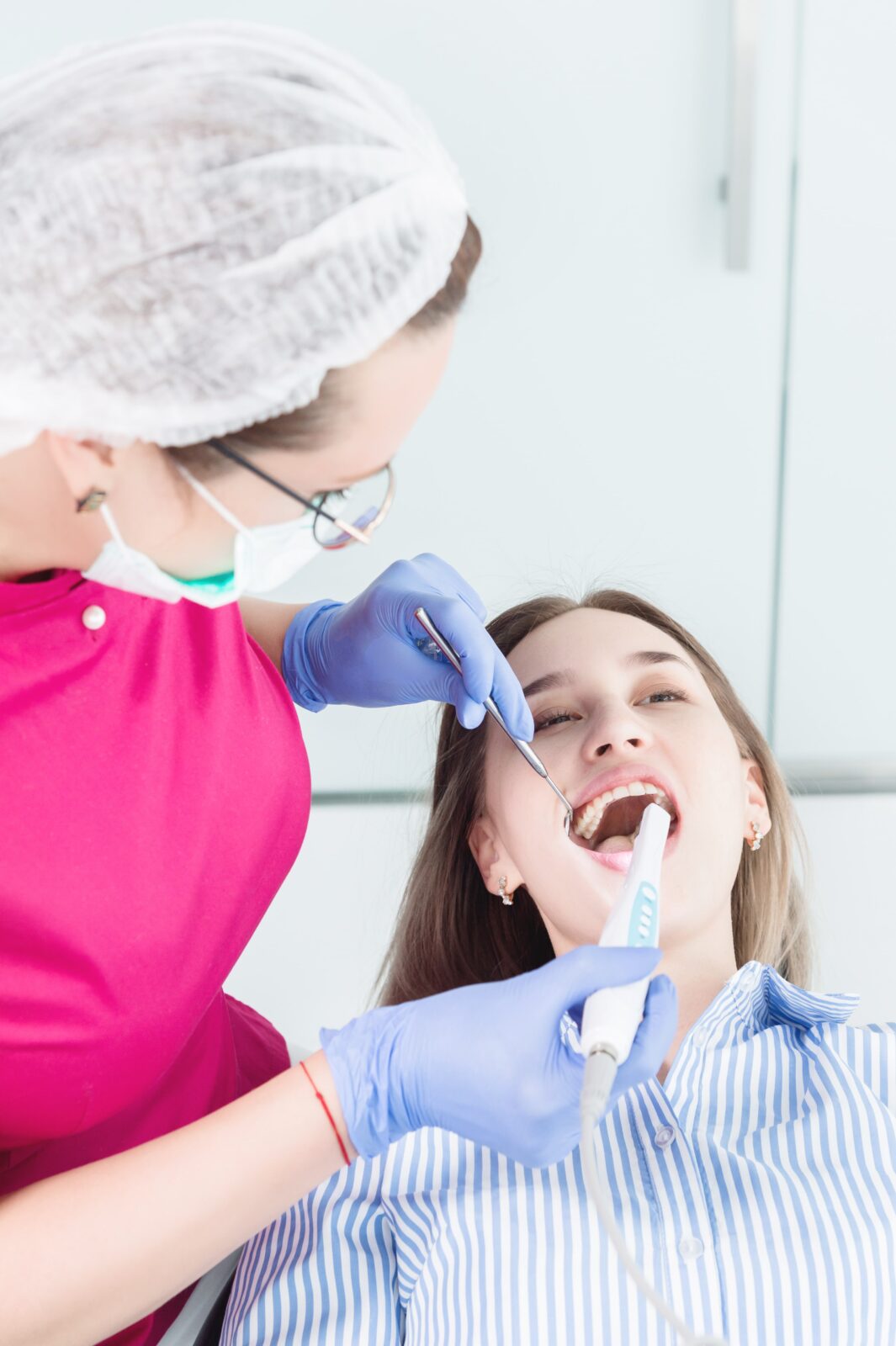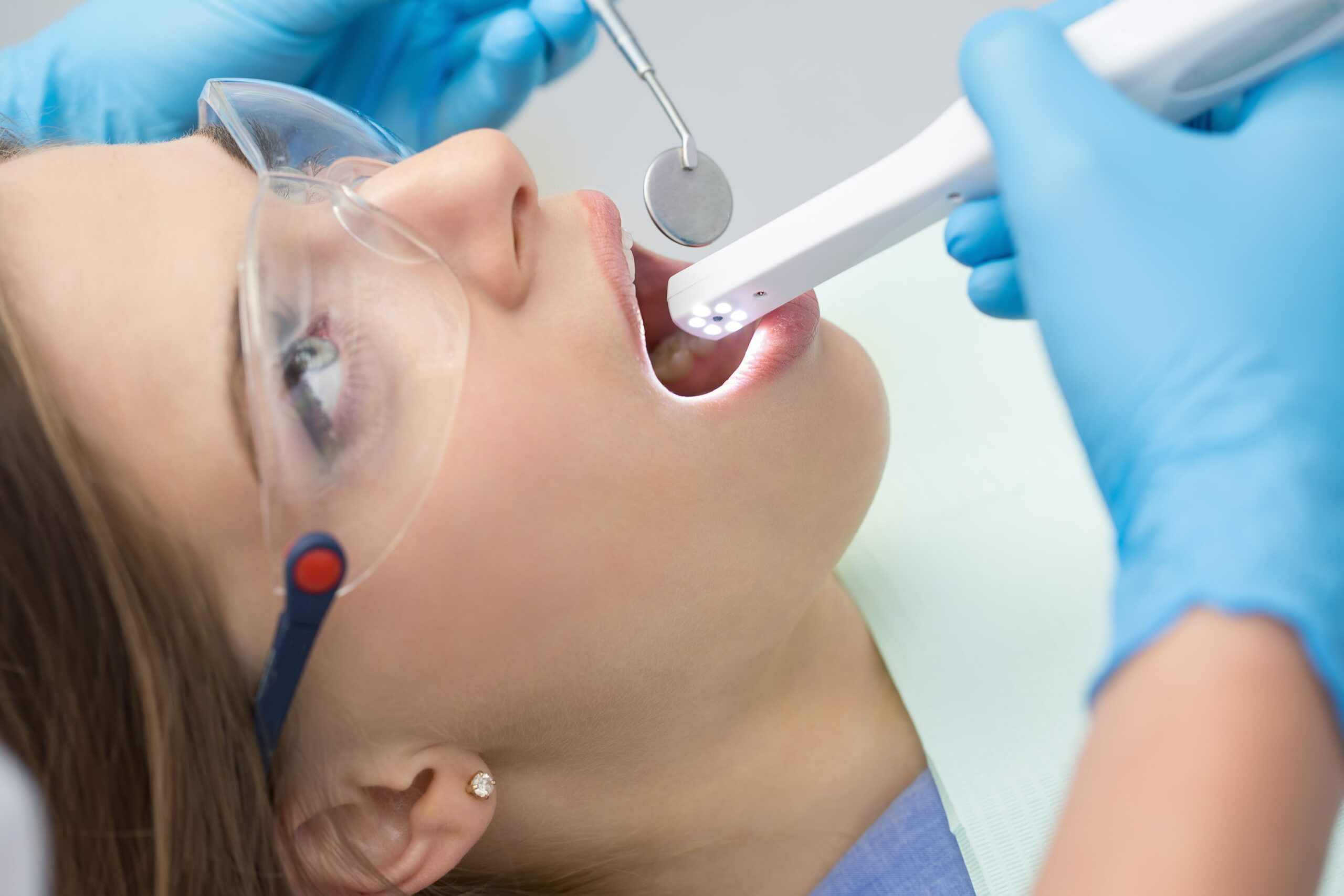In the ever-evolving landscape of dental care, the integration of technology has consistently paved the way for enhanced diagnostic accuracy, treatment precision, and patient satisfaction. Among the myriad of advancements, intraoral cameras stand out as a game-changer. These compact, pen-sized devices, equipped with high-resolution cameras, have revolutionized the way dental professionals examine and understand the oral cavity. Offering real-time, magnified views of teeth, gums, and other intraoral structures, these cameras not only facilitate a more comprehensive assessment but also empower patients with a clearer understanding of their dental conditions. As we delve deeper, we’ll explore the multifaceted benefits and applications of intraoral cameras in ensuring more effective dental care.
Understanding Intraoral Cameras:

Intraoral cameras are small, handheld diagnostic tools designed specifically for dental use. Equipped with a camera at the tip, they allow for the capture of high-resolution images within the oral cavity. These images can then be displayed on a monitor in real-time, providing both the dentist and the patient with a detailed view of the teeth, gums, and other intraoral structures. The device is often pen-sized, making it easy to maneuver inside the mouth. Intraoral cameras enhance the dentist’s ability to diagnose dental issues, educate patients about their oral health, and document treatments for record-keeping and insurance purposes. Their integration into dental practices has significantly improved the clarity and comprehensiveness of dental examinations compared to traditional methods.
Intraoral cameras function as advanced diagnostic tools, designed to capture detailed images within the confines of the mouth. Here’s a breakdown of how they work and what patients can expect:
How Intraoral Cameras Work:
- Compact Design: These cameras are typically pen-sized, allowing for easy maneuverability within the oral cavity.
- Image Capture: The camera captures high-resolution images of teeth, gums, and other intraoral structures. These images can often be magnified, offering a detailed view that traditional dental mirrors might miss.
- Real-time Display: As the camera examines different areas, the images are instantly transmitted and displayed on a monitor. This real-time feedback is invaluable for immediate analysis and discussion.
- LED Lighting: Most intraoral cameras are equipped with LED lights to illuminate the area being examined, ensuring clear and accurate image capture.
- Integration with Dental Software: Many modern intraoral cameras can be integrated with dental software systems, allowing the images to be saved directly to a patient’s digital dental record.
What Patients Should Expect:
- Comfort: Due to their compact size, intraoral cameras cause minimal discomfort. The dentist or hygienist will gently guide the camera around the mouth, ensuring a thorough examination without causing any pain.
- Visual Insight: One of the significant advantages for patients is the ability to see what the dentist sees. As images are displayed in real-time, patients can gain a clearer understanding of their oral health status and any potential issues.
- Educational Experience: The dentist can use the images to explain specific dental conditions, treatment options, and preventive measures, making the dental visit more informative.
- Short Duration: The process is quick, often taking just a few minutes to complete a full oral examination.
- Hygiene: To maintain cleanliness and prevent cross-contamination, intraoral cameras are used with disposable protective sheaths, which are changed between patients.
In summary, intraoral cameras offer a seamless and educational experience for patients, allowing them to be more involved and informed about their dental health. The process is comfortable, quick, and provides a comprehensive view of the oral cavity, ensuring accurate diagnoses and effective treatments.
The Use of Intraoral Cameras in Cosmetic Dentistry:
Intraoral cameras have found a significant place in cosmetic dental treatments due to their ability to provide detailed, magnified views of the oral cavity. Their use in cosmetic dentistry not only aids in accurate diagnosis and treatment planning but also enhances patient understanding and satisfaction. Here’s how intraoral cameras are employed in various cosmetic dental procedures:
Smile Assessment:
Before any cosmetic procedure, a thorough assessment of the patient’s smile is crucial. Intraoral cameras capture high-resolution images that allow dentists to analyze the color, size, shape, and alignment of the teeth, as well as the health of the gums. This comprehensive view aids in designing the perfect smile makeover tailored to the patient’s needs.

Teeth Whitening:
Before teeth whitening treatment, the camera can capture the initial shade of the teeth, helping the dentist and patient understand the extent of discoloration. Post-whitening, the camera can be used to showcase the results, comparing the before and after shades, and ensuring patient satisfaction.
Veneers, Crowns, and Bridges:
Detailed images obtained by intraoral cameras help in designing restorations that fit perfectly and match the surrounding teeth in color and shape. Before placing veneers or crowns, dentists can use the images to show patients any imperfections, cracks, or discolorations that the restorations will cover.
Orthodontic Treatments:
Intraoral cameras can highlight misaligned teeth, crowding, gaps, or bite issues. These images are invaluable when planning treatments like braces or clear aligners, ensuring that the end result is a well-aligned and aesthetically pleasing smile. In fact, clear aligner systems such as Invisalign and Clear Correct utilize intraoral cameras for their treatment planning.
Dental Implants:
Images captured can provide a clear view of the areas with missing teeth and the condition of the surrounding bone and gum tissue. This aids in precise implant placement and ensures that the final restoration blends seamlessly with the natural teeth.
Gum Contouring and Reshaping:
For patients with a “gummy smile” or uneven gum lines, intraoral cameras can help plan the gum contouring process. The detailed images ensure that the reshaping results in a balanced and harmonious appearance.
Patient Consultation and Approval:
One of the most significant advantages of using intraoral cameras in cosmetic dentistry is the ability to involve patients in the treatment process. By viewing the images, patients can voice their concerns, preferences, and expectations, ensuring that the final result aligns with their vision.
Documentation and Progress Tracking:
For procedures that require multiple visits or phases, such as full-mouth reconstructions, the images captured during each visit can be used to track progress and ensure that the treatment is on the right track.
In Conclusion:
In the dynamic realm of dentistry, the adoption of intraoral cameras stands as a testament to the profession’s commitment to technological advancement and patient-centric care. These devices, with their ability to capture intricate details of the oral cavity, have not only elevated the precision of diagnoses but have also transformed the patient-dentist interaction into a collaborative and educational experience. By offering real-time visual insights, patients are empowered with a clearer understanding of their oral health, fostering trust and proactive engagement in their treatment plans. As dentistry continues to evolve, tools like intraoral cameras underscore the synergy of technology and care, paving the way for a future where dental visits are more informative, efficient, and transparent.




